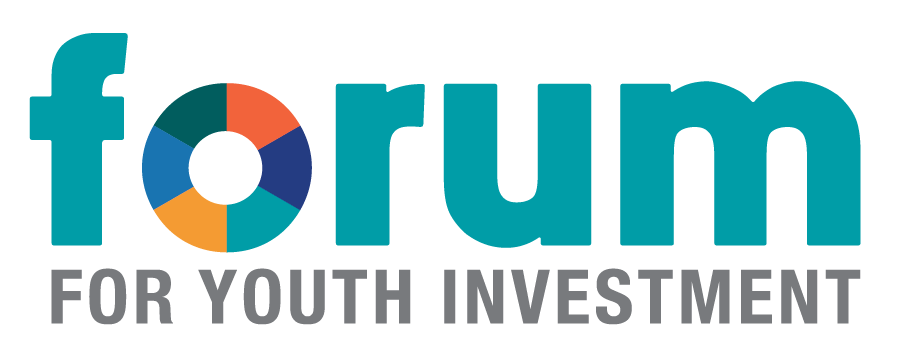Minding the Gap: Cross-System Collaboration to Help Smooth Youth Transitions Between Systems
January 10, 2024
As youth move through the education to workforce continuum, they encounter several important transition points critical to their development. These moments also mark shifts in governance between different systems. If done effectively, cross-system collaboration at these transition points can support the academic and developmental needs of youth moving along the continuum from pre-kindergarten to the workforce. Lack of consistent data collection and reporting in and between these systems make successful cross-system collaboration even more difficult.
Among these transitions are the moves from childcare or prekindergarten to kindergarten, high school to postsecondary experiences and postsecondary to workforce. While these are the most notable transitions between systems, in between each of these key stages are any number of smaller inflection points worth noting.

Cross-system coordination is crucial to student success as youth move through the continuum, though it is often overlooked in the landscape of evaluation of outcomes and results, for which each system is accountable. States have adopted various policies to address this disconnect across systems.
Pre-K to Kindergarten
The transition from pre-k to kindergarten is a critical juncture for young children. From a student perspective, this transition is a key indicator of academic performance and readiness as well as social and emotional development. From a systems perspective, this often means a move from the state human services agency to the Department of Education’s K-12 system. Ensuring that those systems are talking to each other to support the student, both academically and socially, cannot be overstated.
One example, Alabama’s Pre-K Through 3rd Grade Integrated Approach to Early Learning (P-3), involves cross-system collaboration between the Department of Early Childhood Education and Alabama’s Department of Education to bring leadership, instruction and assessment together to support students. This approach involves aligning and coordinating standards, instructional practices, environments and professional development, establishing cross-sector processes and resources and collaborating top-down and across systems to ensure alignment.
High School to Postsecondary and Postsecondary to Workforce
The transition from high school to postsecondary education or training and from that education or training to the workforce are critical junctures for youth. At the system level, this often means a shift from the Department of Education to the Department of Higher Education, Department of Labor, or workforce development.
Career and technical education and work-based learning opportunities are strategies states have used to smooth this transition by connecting high school education to postsecondary experiences. In addition, successful career pathways require cross-system collaboration between the state K-12, postsecondary, workforce development and community stakeholders to ensure youth are being trained to meet the demands of local industry.
Supporting students through these important academic and developmental transitions through cross-system collaboration is critical to student success and efficiency across systems. Each system playing their part to support youth when in their system and preparing them for the next phase of the continuum is supportive of both youth in their success from cradle-to-careers, as well as systems working together to achieve their intended outcomes.
